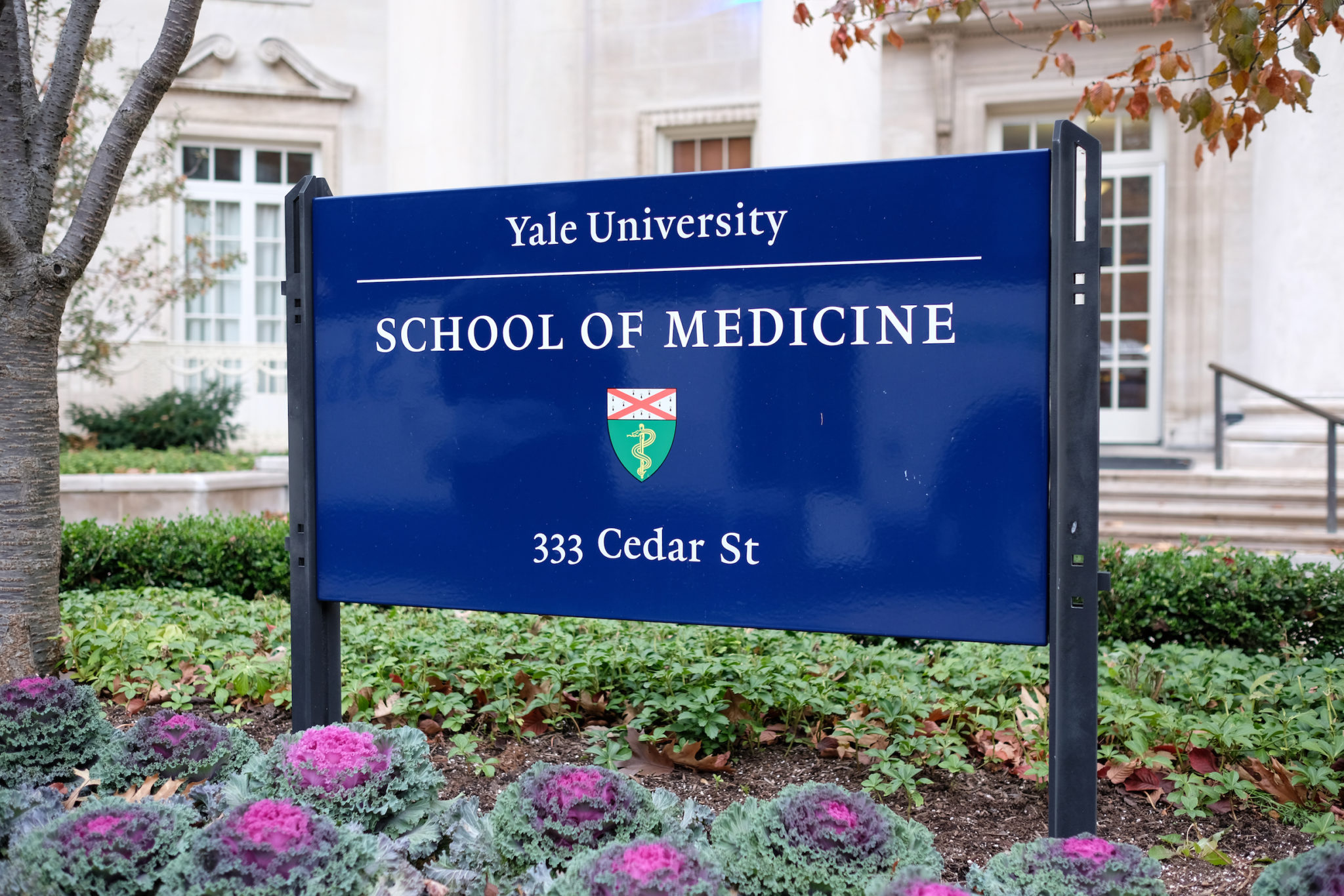
Eric Wang, Senior Photographer
In a study published in the Proceedings of the National Academy of Sciences on Oct. 12, Yale researchers found a correlation between an elevated concentration of cells in the nucleus accumbens — a key reward center of the brain — and childhood weight gain.
Led by postdoctoral associate Kristina Rapuano and senior author Richard Watts, director of the Faculty of Arts and Sciences Brain Imaging Center, researchers in the Department of Psychology tracked cell density in this region of many children’s brains and compared this measure to their waist circumferences.
“Not only is increased cell density in the region involved in reward processing strongly correlated with obesity in children, but it is actually predictive of weight gain in the following year,” Rapuano said. “This predictive aspect of our findings is what I think is most exciting.”
These researchers believe that a poor, calorically dense diet early in life may cause inflammation that leads to a higher cell density in the nucleus accumbens, which in turn triggers more overeating. This vicious cycle may be what leads to childhood obesity and the development of major issues in appetite behavior.
The researchers used a novel diffusion MRI technique called restriction spectrum imaging to study the cell density of the nucleus accumbens. While most neuroimaging uses functional MRI, researchers of this study used the diffusion technique due to its unique ability to measure how water moves around in the brain, which is indicative of its cellular density.
The team also used data from the Adolescent Brain Cognitive Development Study, which is the largest long-term study of brain development and child health in the United States, according to its website. The ABCD Study seeks to track the brain development of more than 11,000 children over the course of their adolescence and young adulthood and has released anonymous data from its study annually since 2018.
“This amount of data that we now have access to is remarkable,” Watts said. “The ABCD Study is following these children over a decade. This paper is based on the baseline neuroimaging data from children ages 9 to 10, but this is just the foundational work for some really exciting long-term research.”
However, one researcher said that the link the researchers found between cellular density in the nucleus accumbens and childhood weight gain may not be as strong as they believe.
Eric Stice, a Stanford professor of psychiatry and behavioral sciences whose research focuses on appetite behavior as it relates to neuroimaging, points out that even if a causal relationship were established, the effect size — the strength of the relationship between the two variables — may be too small to be of any significance.
“These researchers didn’t really discuss much about the effect size,” Stice said. “The effect that they’re really excited about in terms of future weight gain only accounts for less than one percent of the observed variance. To me, that’s a bit concerning.”
Stice also added that drawing a connection between weight gain and neural inflammation without actually measuring neural inflammatory processes was an “enormous inferential leap” that he would not have been comfortable making.
Nevertheless, Stice applauds the study’s authors for making new discoveries that add to our overall understanding of appetite behaviors, especially those of children and adolescents. Furthermore, regardless of whether the correlation is strong, Stice noted the positive impact that such a study can have on the public’s view of eating behaviors.
“At the end of the day, we have to realize that what we feed our children is fundamentally changing their brain structure,” Stice said. “That’s a really important message to get out there in order to help people make better decisions about what they put into their bodies.”
In the future, Rapuano and her team look forward to using this year’s ABCD data — which they expect to receive in the next few days — to further investigate their hypothesis. With this additional year’s worth of data from the same group of children, they will be exploring whether increased weight gain causes further increases in the cellular density in the nucleus accumbens to get a closer look at “what’s driving what.”
According to the Centers for Disease Control and Prevention, as of 2016, 13.7 million children and adolescents in the United States are affected by obesity.
Veronica Lee | veronica.lee@yale.edu
Correction, Nov. 6: A previous version of this article stated that the Rapuano and her team of researchers were at the Yale School of Medicine, but it has been corrected to accurately state that they are part of the Department of Psychology.







